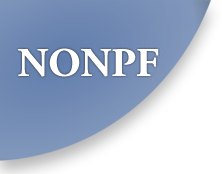Effective Student Engagement in an Online Advanced Pathophysiology Course
Interdisciplinary faculty explored an innovative teaching method to enhance student engagement in an online advanced pathophysiology course. Successful student engagement, a premise that has been evolving since the 1930s, is a critical element in the learning process. Student engagement is defined as the time and energy students invest in educationally purposeful activities and the effort institutions devote to using effective educational practices (Kuh, 2009). Adult learning theory provided the theoretical framework to guide the development of the course.
The course was comprised of two components: weekly 90-minute synchronous Adobe Connect sessions and course material from a web-based site containing narrated lectures corresponding to required and recommended readings. In the Adobe Connect sessions, students led case-based presentations focusing on specific pathophysiological processes based on their experience with a patient they had cared for as a registered nurse. Students participating as the audience in the live session were expected and provided opportunity to pose questions and comments via webcam and audio as well as a continuous ‘chat box’ discussion. Faculty moderated these sessions, but discussions were chiefly guided by student-to-student dialogue.
In response to this format, NP students overwhelmingly reported a highly positive experience. Students noted development of deeper appreciation and understanding of pathophysiology as it applied to clinical practice. Perhaps most telling, 64% of students attended online case presentations beyond the course requirement and for which no additional credit was earned toward the final grade.

